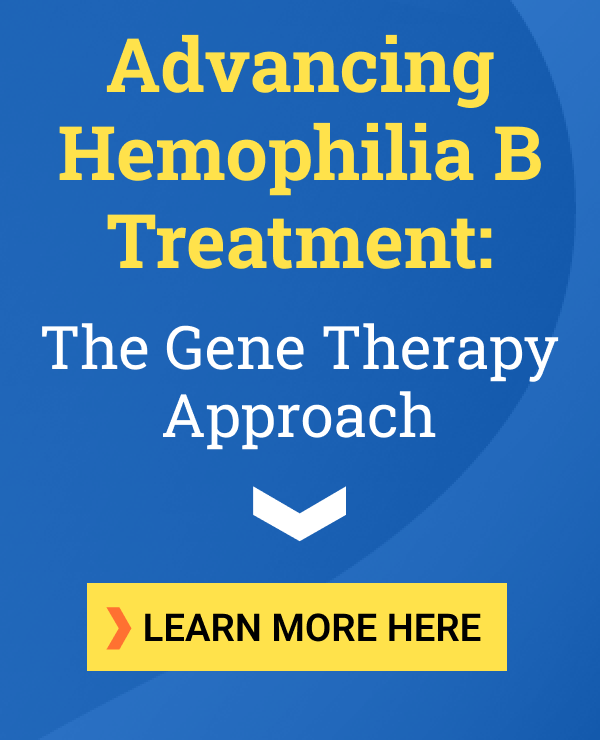Review study shows prevalence, impact of hemophilia in Brazil
The country has one of the largest populations of people with the disease

In Brazil, hemophilia markedly impairs patients’ quality of life and ability to work, with up to 82.6% of people with the disorder being unemployed, a review study finds.
Barriers to treatment include long distances to centers, lack of coordination of specialized and emergency care, and restricted access to rehabilitation.
Despite the advancements made in hemophilia treatments over the last decades, “there are remaining unmet needs that should be addressed by researchers and policy makers in the future,” the authors wrote in “Epidemiology, patient journey and unmet needs related to hemophilia in Brazil: a scoping review with evidence map,” which was published in Hematology, Transfusion and Cell Therapy.
According to a survey from the World Federation of Hemophilia, Brazil is one of the countries with the largest population with the disease. Despite its high prevalence, little is known about the disease’s burden and the challenges it poses to healthcare resources, leading researchers to review published studies on the clinical features and outcomes of hemophilia patients in Brazil. They selected 92 studies for their analysis following a search of the databases MEDLINE, LILACS and the Digital Library of Theses and Dissertations. Most studies included patients with hemophilia A and B.
They mainly focused on the clinical and epidemiological aspects of hemophilia in Brazil, including its prevalence, associated complications, and the frequency of inhibitors, which are neutralizing antibodies that targeting clotting factor proteins that lower the effectiveness of replacement therapies.
Disease burden, as well as certain aspects of the patient journey and unmet needs also were assessed.
Studying impact of hemophilia in Brazil
Based on information from five studies, researchers found that the number of patients with hemophilia A and B in Brazil increased from 2002 to 2014. In 2002, there were 5,411 hemophilia A patients and 886 hemophilia B patients. In 2014, the number of hemophilia A patients increased to 9,616 and people with hemophilia B was 1,881.
The most common complications associated with hemophilia, as reported by more than 40 studies, included pain, joint bleeding, and joint disease.
According to data from 36 studies, the presence of inhibitors ranged between 5.2 to 53.7% in hemophilia A patients and between 0 to 6.8% in hemophilia B patients. Older age, severe hemophilia, and prior use of blood products were significantly associated with developing inhibitors. Infection by the hepatitis B and C viruses, HIV, and/or syphilis also were risk factors.
In 2011, standard preventive treatment for hemophilia was included in the Brazilian public health system. During the first three years, direct costs increased by 286.8%.
Between 2018 and 2019, the monthly costs of plasma-derived replacement therapies for hemophilia A amounted to BRL$ 1,569.75 (about $299.27), while that of plasma-derived replacement therapies for hemophilia B was at BRL$ 1,142.00 (about $217.72). Costs associated with recombinant, or man-made, clotting factor replacement therapies, including Xyntha (moroctocog alfa) for hemophilia A and Alprolix (eftrenonacog alfa) for hemophilia B, were even higher.
For patients who developed inhibitors and were successfully treated with immune tolerance induction (ITI), a type of treatment that aims to eliminate inhibitors, the costs of ITI were significantly lower compared with the treatment received the year before the ITI. As expected, costs were higher among patients who had a partial response to ITI, due to their needing secondary preventive treatment with bypassing agents.
Hemophilia also impacted patients’ quality of life, mainly in the domains of physical functioning, pain, as well as the ability to attend school or work. Up to 82.6% reported being unemployed, and up to 71% said they weren’t supported by any state financial assistance.
About a third of the patients (35%) had depression and 18% were medicated for depression or anxiety. The impact on quality of life also affected family members and caregivers, with 29% reporting receiving treatment for depression or anxiety.
Between 25.4 to 72.5% of the patients adhered to their treatment. Being younger, receiving treatment at a hemophilia treatment center, and being on primary preventive treatment with a recombinant clotting factor were all associated with a higher likelihood of adherence.
Factors identified as barriers to comprehensive care included the distance to the treatment center from the patient’s home and lack of coordination of specialized and emergency care for hemophilia. Insufficient training of healthcare professionals on hemophilia, as well as restricted access to physiotherapy and rehabilitation were also indicated as barriers.
The findings may help “guide future research and support for the implementation of health policies for the [patients with hemophilia],” the researchers wrote.








